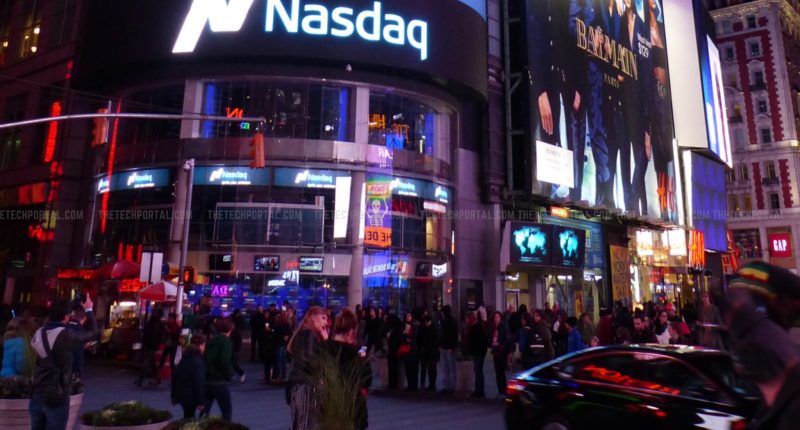The Nasdaq Composite has now reached a historic milestone by closing above 20,000 points for the first time. This comes on the back of multiple factors including the rapid growth and investments within the AI space and the dominance of the index by a select group of tech giants. The index was last priced at 20,034.90, marking a growth of 1.77% today.
Nasdaq’s journey to breach the 20,000 mark has been primarily driven by the explosive growth in AI technologies, marking a growth of over 33% during this year. Companies like Nvidia, Alphabet, and Microsoft have emerged as some of the dominant players in the rapidly-growing AI landscape, with Nvidia emerging as a standout performer. The chipmaker has leveraged its graphics processing units (GPUs), which are essential for AI operations, to clock a meteoric rise in its stock, which has gained by 1,100% since October 2022. Other firms to have clocked a growth include Microsoft (which rose by 1.2%), while e-commerce giant Amazon and social media parent Meta rose by 2% each. Tesla, Elon Musk’s EV company, rose by 4.6%.
Another major player in the global AI space is Alphabet, which recently unveiled its new Gemini AI model and a breakthrough quantum computing chip. The Google-parent clocked a major gain to reach new peaks (it rose by about 5.5% to hit $195.35, which is a new zenith). Another factor to have helped in this growth was US President-elect Donald Trump naming Andrew Ferguson to be the next Federal Trade chair, replacing Lina Khan.
“At the FTC, we will end Big Tech’s vendetta against competition and free speech. We will make sure that America is the world’s technological leader and the best place for innovators to bring new ideas to life,” Ferguson had announced in a post on X, the erstwhile Twitter. Ferguson is known for his pro-business stance, and his placement can mean a potential easing of antitrust scrutiny on Big Tech companies (and at a suitable time as well, given that Big Tech companies have attracted regulatory scrutiny from across the globe) and increased mergers and acquisitions within the tech sector. Big Tech firms are dominant in the Nasdaq index – the top 10 companies make up 59% of the index (as of this year). iPhone-maker Apple is the leader (with a holding of 11.7%) and is followed by Microsoft (10.6%) and Nvidia (10.3%).
In addition to tech advancements (which have been many), the Nasdaq’s rise has been supported by shifts in monetary policy. Recent inflation data showing a year-on-year increase of 2.7% has raised expectations for a Federal Reserve rate cut at its upcoming December meeting.
Lower interest rates are generally favorable for high-growth sectors like technology since they reduce borrowing costs, amongst other things. The prospect of monetary easing (especially after the aggressive rate hikes that defined much of 2022 and 2023) has ensured that investor sentiment has improved and helped the Nasdaq clock an increase of nearly 90% from its lows in 2022, and from its pandemic-fueled decline in 2020.
